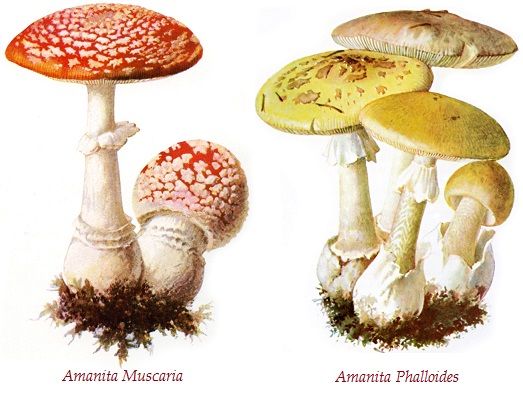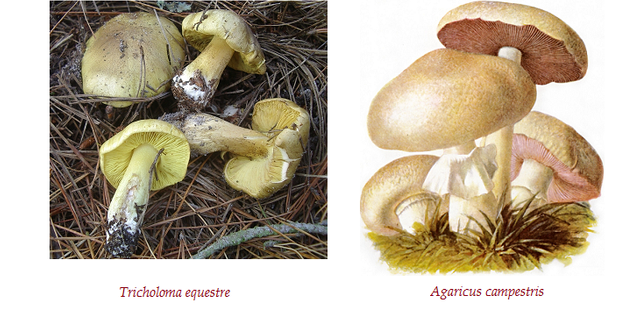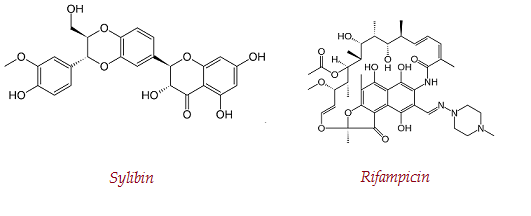The poisonousness of mushrooms - Amanita Phalloides
Often poisonous mushrooms, due to inexperience or distraction of those who collect them, are confused with edible ones. The most poisonous mushrooms are part of the Amanitaceae family, in particular the Amanita Phalloides, is very common in France, Italy and Central Europe. Some poisonous mushrooms are easy to recognize such as the Amanita Muscaria, others are very similar to edibles ones.
However, it is possible to recognize the Amanita Phalloides observing the characteristics of the fungus, especially if it has a long whitish stem, with a hat of about 10 cm diameter, of greenish-yellow color, round shape and a white volva shaped like a sack or fragments of it. This is a tissue residue that protected the fungus lamellae during its development. The "hat" is convex in younger fungus, but flattens out over time developing a wavy edge. The Amanita Phalloides has no odor, but as it ages it remembers the withered rose petals.

Edible mushrooms such as Tricholoma equestre or Agaricus campestris are often mistaken for Amanites which present a great variety of colors and shapes, in relation to the soil, to the weather and seasonal factors that accompanying their growth.

The toxicity of Amanita Phalloides is characterized by:
1.Long time passas among ingestion of the fungus and appearance of symptoms
2.There are no specific antidotes
Amanita Phalloides contains toxic substances such as:
- Haemolysin that is destroyed by cooking and gastric juices in our stomach if we eat it.
- Cytopathic poisons that resist cooking, boiling and gastric juices. These substances are bicyclic polypeptide molecules, which are subdivided according to their structure in:
- Phalloidines are substances that have a very rapid action against the liver, causing cellular necrosis due to the alteration of the membrane permeability of hepatocytes.
- Amatoxins are more toxic than Phalloidines, but have a delayed action against liver and kidney. They lead to cellular necrosis, going to inhibit protein synthesis and concentration varies according to the terrain in which they develop, the climate and the season.
Phalloidines intoxication is characterized by a time interval ranging from 5 to 18 hours before the appearance of symptoms. After this time appear severe abdominal pain, asthenia, nausea, vomiting and diarrhea, which in some cases may be bloody. This phase defined similar to cholera is accompanied by massive dehydration, which leads to a hydroelectric imbalance, with consequent hematological hypovolaemia and hemoconcentration, which if not treated promptly leads to the patient's death.
Substances such as Silybin, rifampicin, phospholipase,...have a protective effect on liver cells, especially silybin in use in treatment of Phalloides intoxication.

If the intoxication is not treated, it leads to liver failure leading to a consequent decrease in coagulation factors, which will lead to cardiocirculatory failure and to generalized hemorrhages.
For the treatment is necessary the hospitalization in a dialysis or reanimation department, to monitor the patient's hemodynamic and rebalancing values, to purify the organism from the toxin. To facilitate detoxification by the toxin, pharmacological inibition of vomiting or diarrhea should be avoided, which are two defense mechanisms of our body.
Usually, activated carbon and lactulose are given orally to avoid absorption of the amatoxins that have come through the bile into the duodenum.
Note: the images, reworked by me, are taken from commons.wikimedia.org
(marked public domain)